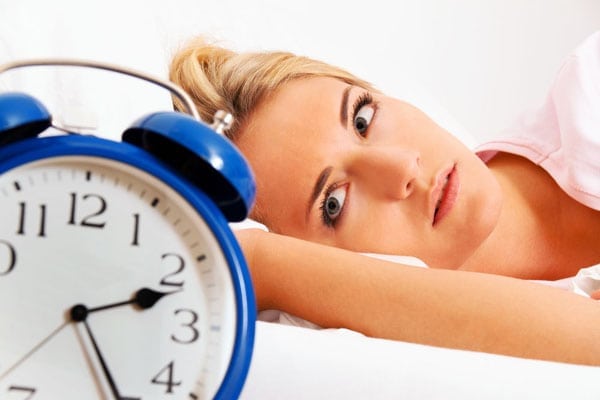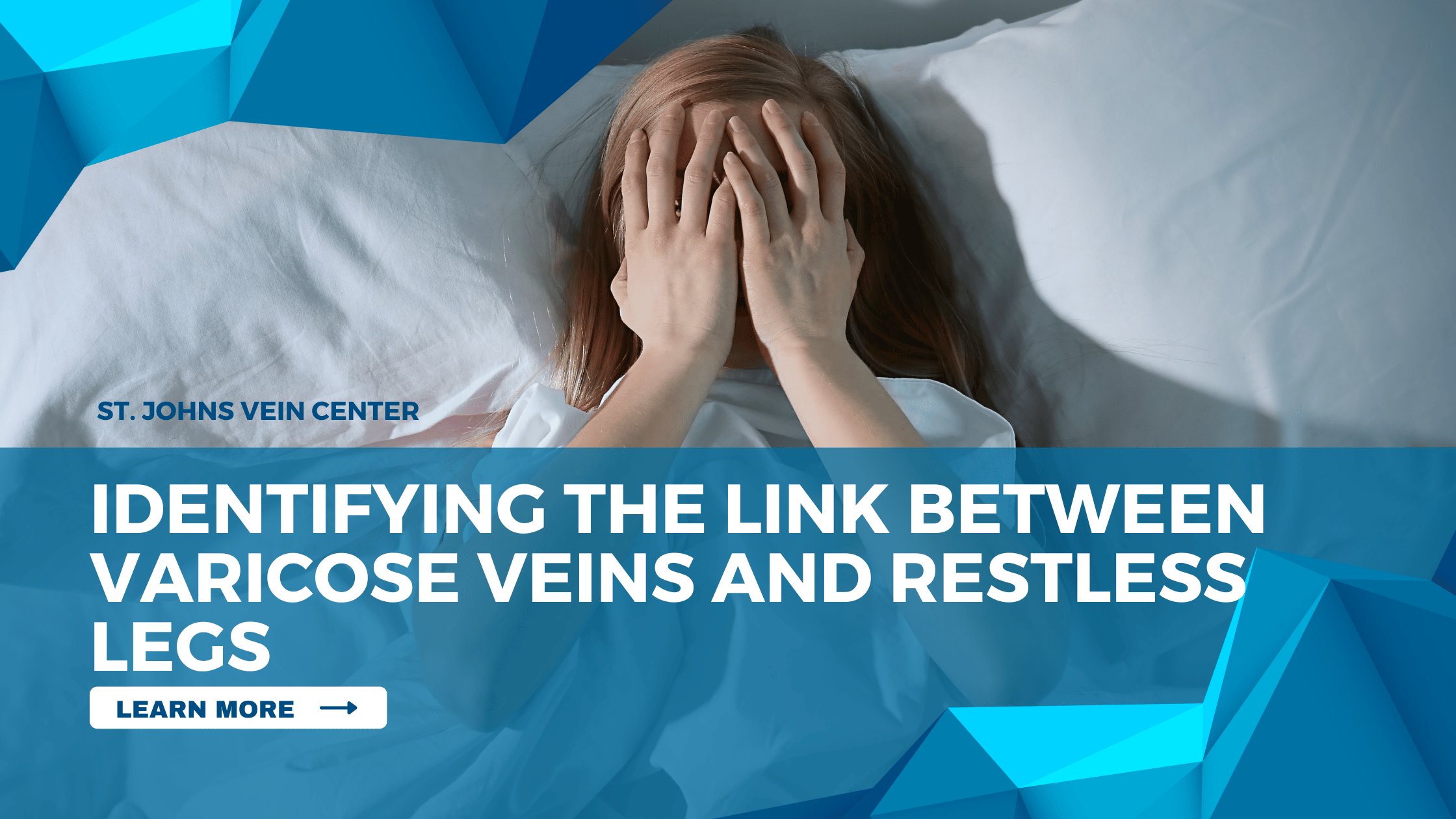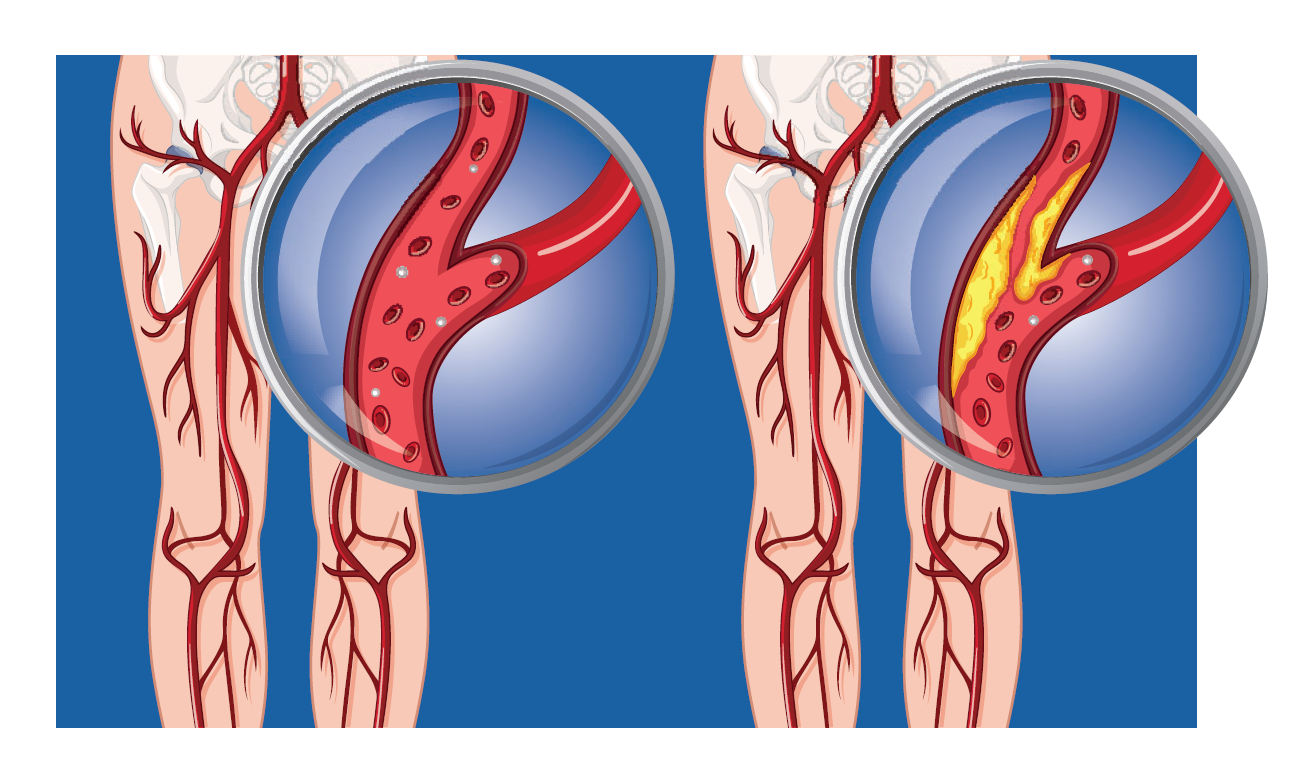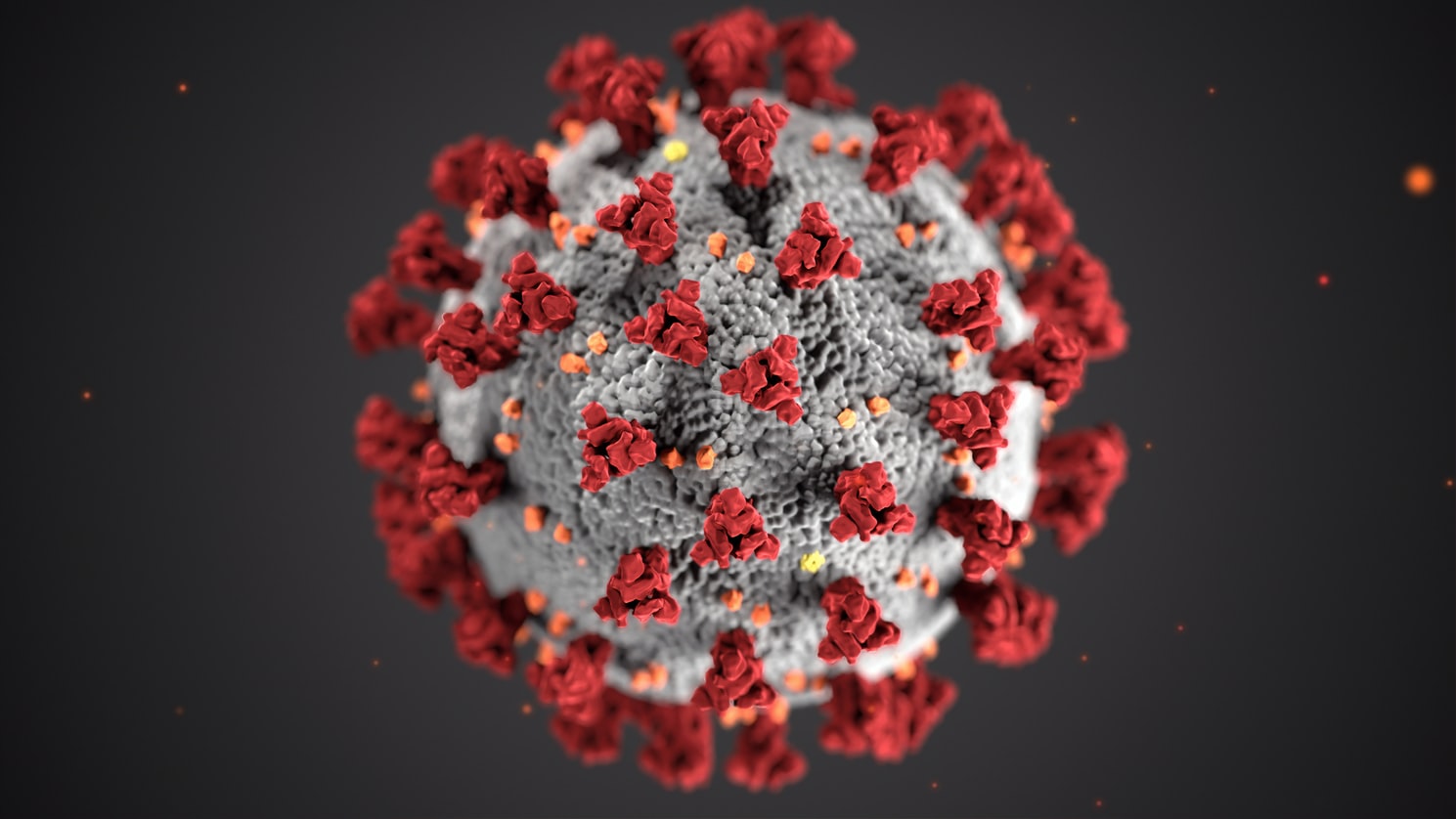If you’ve got it, you know it. Restless legs syndrome (RLS) is a disorder that can seriously mess with your sleep schedule. And statistics show that one in 10 people suffer from it.
RLS symptoms primarily occur at night and can increase in severity throughout the night. They include throbbing, pulling or creeping sensations in the legs, often accompanied by an uncontrollable urge to move them. Symptoms can range from mildly irritating to downright painful. The resulting lack of sleep can lead to exhaustion and daytime fatigue, which can negatively affect a sufferer’s work performance, memory, ability to concentrate and even personal relationships. And when a sleep-deprived RLS sufferer gets behind the wheel of automobile, others are at risk.
So, the statistics on RLS are alarming:
- An estimated 10 percent of the US population may have RLS;
- Moderate to severe RLS affects 2-3 percent of US adults – that’s more than 5 million;
- Women are nearly twice as likely to have RLS as are men;
- More than 80 percent of people with RLS also experience periodic limb movement of sleep (PLMS), a condition marked by involuntary leg twitching or jerking movements during sleep occurring every 15 to 40 seconds, sometimes throughout the night.
RLS symptoms become more frequent and last longer with age. Yet, many victims avoid seeking medical attention, believing their symptoms are not serious, that the condition is untreatable or that they won’t be taken seriously by doctors. But some blame can be put on doctors as well. Many physicians wrongly attribute patient’s symptoms to insomnia, stress, arthritis, muscle cramps or spasms, or even aging.
There’s no need to suffer. If you have RLS, call Jacksonville’s St. Johns Vein Center and schedule a consultation with an experienced vein specialist.




